Plight of the shorebirds
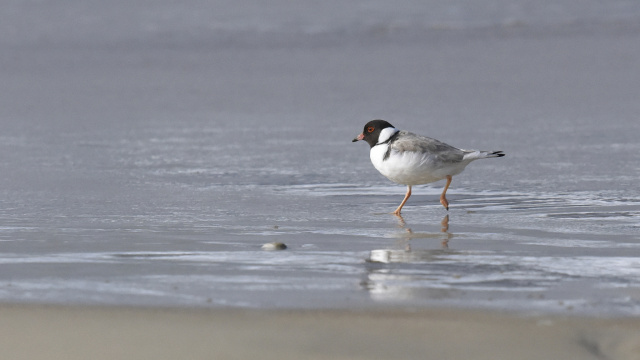
The hooded plover is a small resident shorebird and it's only found in Australia. There are two populations - one in the west of Australia and one in the eastern states of Australia, including Tasmania.
Tasmania has two thirds, possibly more, of the global population of the eastern hooded plover. You see the hooded plover running around, almost like little clockwork toys on beaches.
Every year, Tasmania is becoming increasingly more important as a refuge for this species.
It lays three eggs about the same size as those little solid chocolate Easter eggs that you get from the supermarkets.
The eggs would fit in a teaspoon quite easily. That's how small they are.
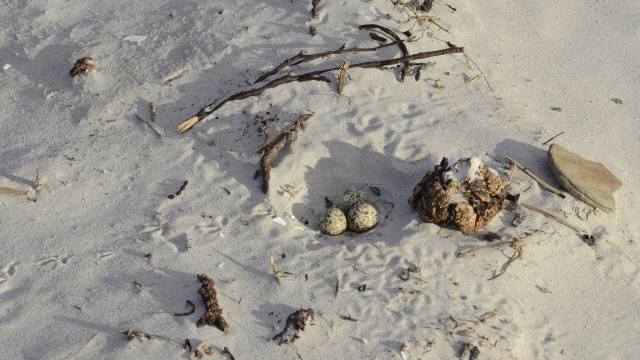
The hooded plovers make small shallows, depressions on the sand, on a beach somewhere below the vegetation and above the high tide line, out in the open so they can see predators or people or dogs or whatever coming from all directions.
The eggs hatch after about four weeks, a little bit more. In the first couple of days the chicks are just so small they fit in a soup spoon. They just puff balls with legs and they go down to the water's edge and feed straight away within a couple of hours of hatching.
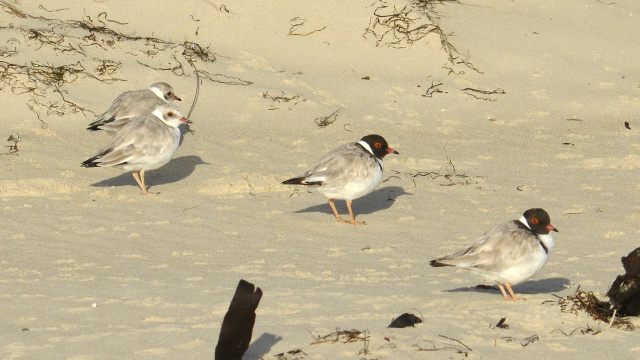
We're losing our hooded plovers on the Australian mainland.
We're losing them but not as rapidly here in Tasmania because of this increasing spectrum of human activities on beaches.
The pied oystercatcher I think most people would be familiar with. It's a black and white bird with a long red bill, long red legs. It's more of a generalist, so it's found on sandy beaches but it's also found in salt marshes and lagoons, a little bit inland from the coast.
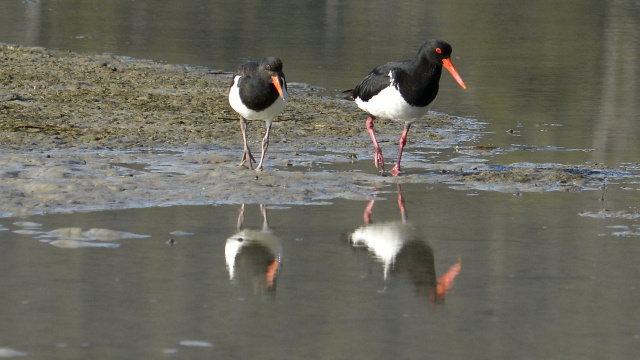
We know they're a long-living bird. There's a female pied oystercatcher down at Marion Bay. Two years ago when I last saw her she was 34 years old and still breeding, and still part of the mix down there.
The hooded plovers can live for 20 years. Pied oystercatchers, 30 to 35 years.
The beach is their habitat. These birds can only live, breed, feed successfully on the beach.
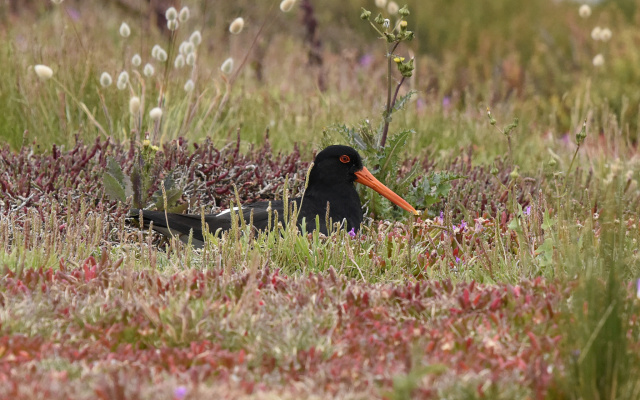
By increasing human activity, we're alienating large areas of beach, we're destroying the habitat. Four wheel drives are driving over eggs and chicks, and dogs are very good at taking eggs and chicks as well. We're losing our birds.
Because the data set is so extensive in terms of nesting sites and the numbers of territories on different beaches, those data sets have been shared with Councils, NRMs, Parks and Wildlife, and we've identified high value beaches, for example for dog management plans for Councils.
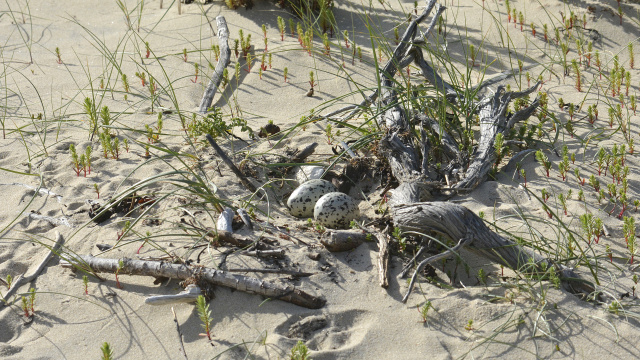
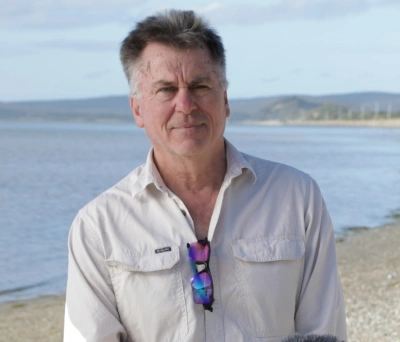
Dr Eric Woehler

The hooded plover is a small resident shorebird and it's only found in Australia. There are two populations - one in the west of Australia and one in the eastern states of Australia, including Tasmania.
Tasmania has two thirds, possibly more, of the global population of the eastern hooded plover. You see the hooded plover running around, almost like little clockwork toys on beaches.
Every year, Tasmania is becoming increasingly more important as a refuge for this species.
It lays three eggs about the same size as those little solid chocolate Easter eggs that you get from the supermarkets.
The eggs would fit in a teaspoon quite easily. That's how small they are.

The hooded plovers make small shallows, depressions on the sand, on a beach somewhere below the vegetation and above the high tide line, out in the open so they can see predators or people or dogs or whatever coming from all directions.
The eggs hatch after about four weeks, a little bit more. In the first couple of days the chicks are just so small they fit in a soup spoon. They just puff balls with legs and they go down to the water's edge and feed straight away within a couple of hours of hatching.

We're losing our hooded plovers on the Australian mainland.
We're losing them but not as rapidly here in Tasmania because of this increasing spectrum of human activities on beaches.
The pied oystercatcher I think most people would be familiar with. It's a black and white bird with a long red bill, long red legs. It's more of a generalist, so it's found on sandy beaches but it's also found in salt marshes and lagoons, a little bit inland from the coast.

We know they're a long-living bird. There's a female pied oystercatcher down at Marion Bay. Two years ago when I last saw her she was 34 years old and still breeding, and still part of the mix down there.
The hooded plovers can live for 20 years. Pied oystercatchers, 30 to 35 years.
The beach is their habitat. These birds can only live, breed, feed successfully on the beach.

By increasing human activity, we're alienating large areas of beach, we're destroying the habitat. Four wheel drives are driving over eggs and chicks, and dogs are very good at taking eggs and chicks as well. We're losing our birds.
Because the data set is so extensive in terms of nesting sites and the numbers of territories on different beaches, those data sets have been shared with Councils, NRMs, Parks and Wildlife, and we've identified high value beaches, for example for dog management plans for Councils.

You might like...

The great Tasmanian bird count

The amazing migration

Bruny Island launch: CEO Phill Pullinger on the Kuno concept

Bruny Island launch: Cat Davidson on falling in love with Nature
Newsletter
Sign up to keep in touch with articles, updates, events or news from Kuno, your platform for nature
